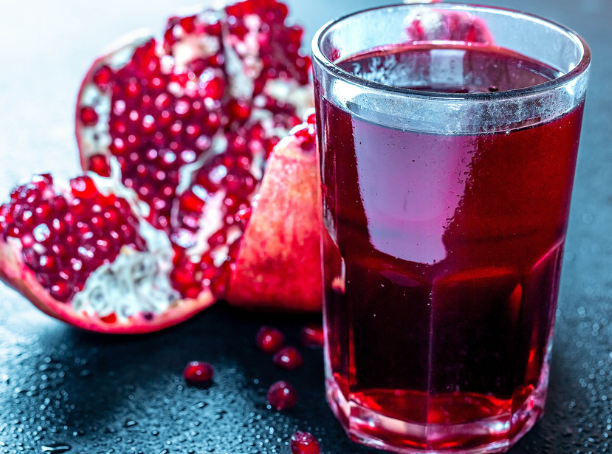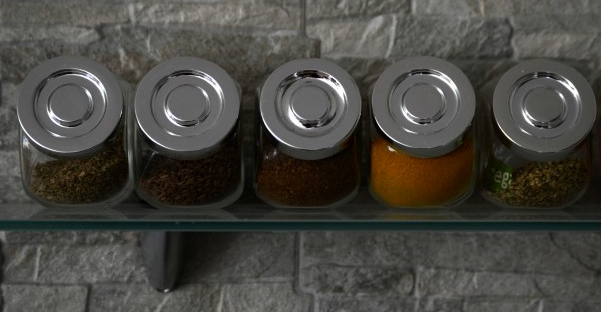Information from:
Vegetarian Journal’s Guide to Vegetarian and Vegan Restaurants in the U.S. and Canada
http://vrg.org/restaurant/Indiana.php#c5
10th Street Diner
3301 E. 10th St., Indianapolis, IN 46201
(463) 221-1255
Vegan/American. 10th Street Diner is an all-vegan diner where the seitan and cheese are made in-house, from the Reuben to lasagna. If you want something a little on the lighter side they also have arugula salads and wedge salads, and if you’re planning on enjoying your lunch for a while, have a local craft beer while you’re at it!
··Ezra’S Enlightened Café
6516 Ferguson St., Indianapolis, IN 46220
(317) 255-3972
Vegan/raw foods/juice bar. At Ezra’s Enlightened Cafe, they believe that “The food we eat will either promote health or promote disease…it’s our choice.” This belief is evident within their menu. We recommend trying their Playful Pad Thai, featuring zucchini noodles, red pepper, cabbage, carrots with Creamy Almond Thai Sauce, and topped with fresh local sprouts and maple glazed almonds. Also, you may want to try their Pure juice incorporating fresh local ingredients such as organic cucumber, organic celery, organic ginger, organic kale, organic mint, organic basil, lemon. If you’re looking for a filling, delicious and nutritious meal in Indianapolis, Ezra’s Enlightened Cafe is the perfect choice.
··Greenleaf Juicing Company
18 N. Meridian St., Indianapolis, IN 46204
(317) 986-6010
Vegan/organic/juice bar. Greenleaf Juicing Company is an all vegan juice bar with multiple locations. The company uses all organic and non-GMO ingredients to craft their menu. In addition to juice, they also offer an array of smoothies, bowls, quinoa dishes, and steamed soups. Want to go all in? You can order a 3 or 6-day juice cleanse made fresh to order each day. Try some fan favorites including the Green Solution, a smoothie with kale, apple, spinach, and banana or a Green Lemonade, a juice made with lemon, ginger, pineapple, pear, and cucumber.
India Palace Restaurant
4213 Lafayette Rd., Indianapolis, IN 46254
(317) 298-0773
Indian. Many vegetarian options, including appetizers, side dishes, and various breads, are joined by such entré;es as Paneer and Brijani. India Palace is located in Lafayette Square. The restaurant is closed on weekdays between lunch and dinner, so please call ahead for hours.
SoBro Café
653 E. 52nd St., Indianapolis, IN 46220
(317) 920-8121
Café/eclectic. SoBro Café offers internationally-inspired dishes with vegetarian and vegan selections. Try a veggie burger or veggie grill sandwich made with tempeh. For brunch, enjoy Biscuits and Gravy with the choice of vegan mushroom gravy. The chef creates almost all food from scratch. Enjoy the local art that fills the dining room (all for sale with 100% of the money going directly to the artist). SoBro is closed on weekdays between lunch and dinner, so please call ahead for hours.
The Sinking Ship
4923 N College Ave., Indianapolis, IN 46205
(317) 920-7999
Bar. The Sinking Ship is a 21+ venue. They offer burgers, entrees, and classic pub food. Vegan options are clearly indicated on the menu. Popular items are the Vegan Kielbasa and the Seitan Gyro. They also serve a Thai Seitan Salad, Seitan Wings, and Cinnamon & Sugar Donut Holes.
··Three Carrots
City Market, 222 E. Market St., Indianapolis, IN 46204
(317) 403-5867
920 Virginia Ave., Indianapolis, IN 46203
(317) 403-5867
Vegan/natural foods. Three Carrots offers a cozy environment with a variety of vegan breakfast and lunch options, many of which are gluten-free. For breakfast, try the Biscuits and Gravy or Sweet Potato Hash. For lunch, don’t miss Ian’s Chili or the Tofu Rich Girl, a cornmeal crusted tofu po boy! Virginia Ave. location is open daily for lunch and dinner.
Three Sisters Café
6223 N. Guilford Ave., Indianapolis, IN 46220
(317) 257-5556
Café. Three Sisters offers some great veggie treats. Try the house favorite, The Three Sisters Loaf, which is made with black beans and wild rice.
··Vegesaurus
Xxxx, Indianapolis, IN
Vegan/food truck. This food truck serves up soul food. They offer delights such as Southern fried cauliflower and biscuits & gravy. Hours and location vary so be sure to follow Vegesaurus on social media.





 This label denotes the food was grown using the same standards as those for organic, but not on a farm actually certified by the National Organic Program of the USDA. Some farmers have criticized the cost and process they need to go through to participate in the USDA’s organic program, so this is an alternative, non-governmental certification system where other farmers act as inspectors in a program administered by a non-profit organization called
This label denotes the food was grown using the same standards as those for organic, but not on a farm actually certified by the National Organic Program of the USDA. Some farmers have criticized the cost and process they need to go through to participate in the USDA’s organic program, so this is an alternative, non-governmental certification system where other farmers act as inspectors in a program administered by a non-profit organization called  Fair trade standards are enforced by the Fairtrade Labeling Organizations International (FLO) (in the U.S. by
Fair trade standards are enforced by the Fairtrade Labeling Organizations International (FLO) (in the U.S. by 


